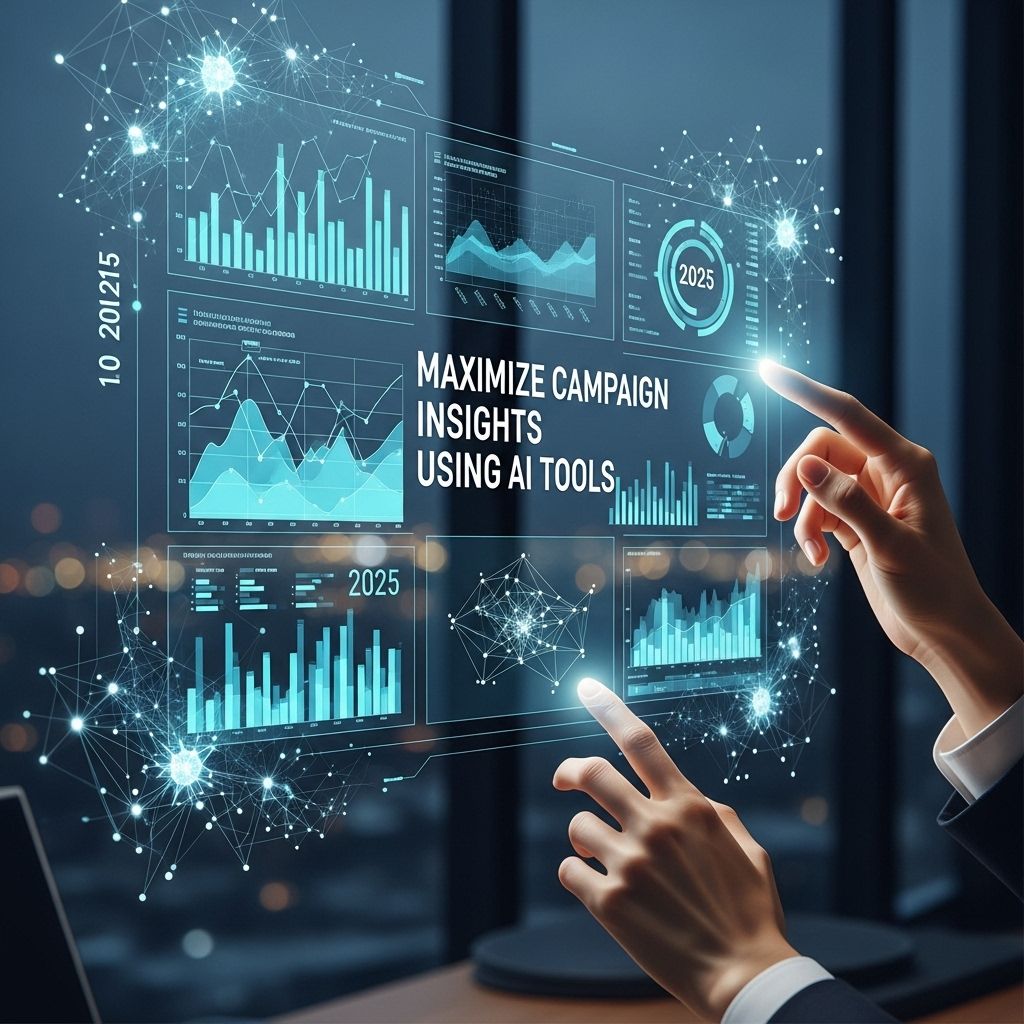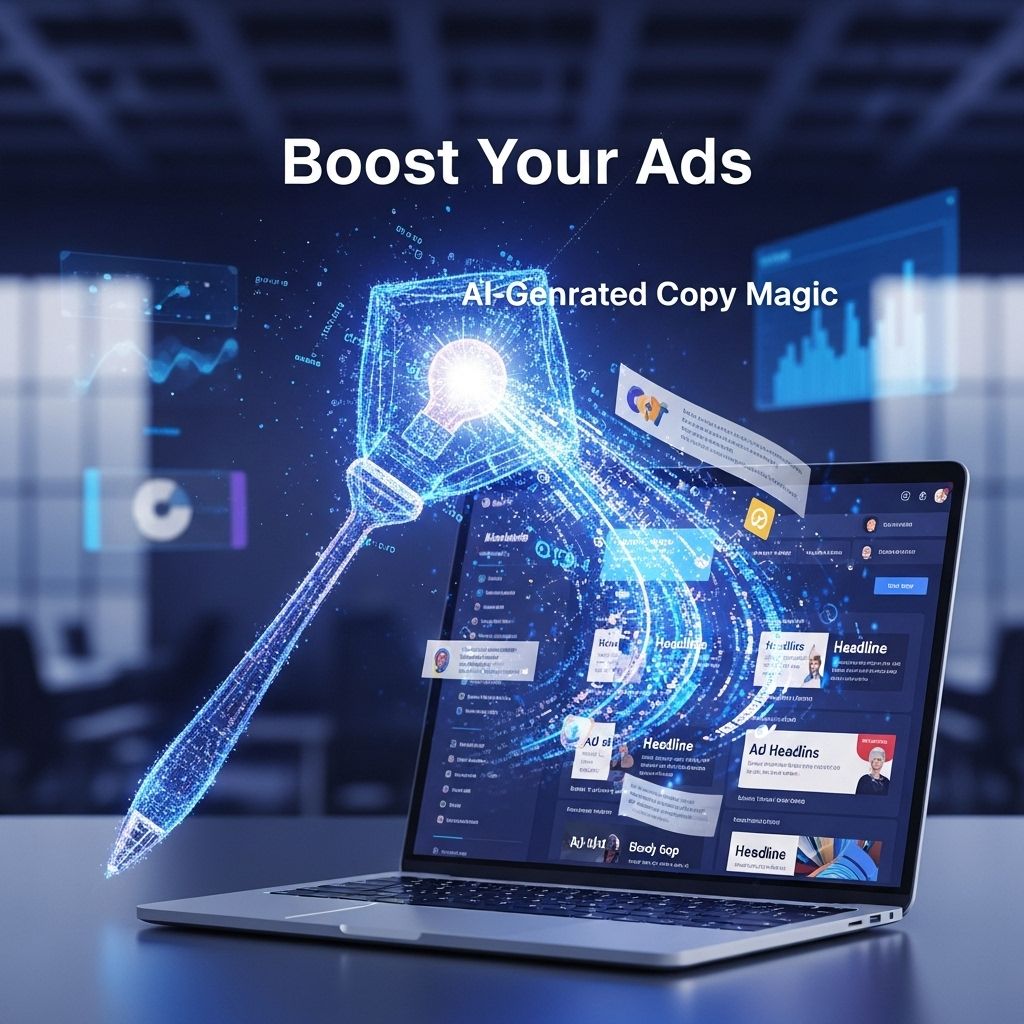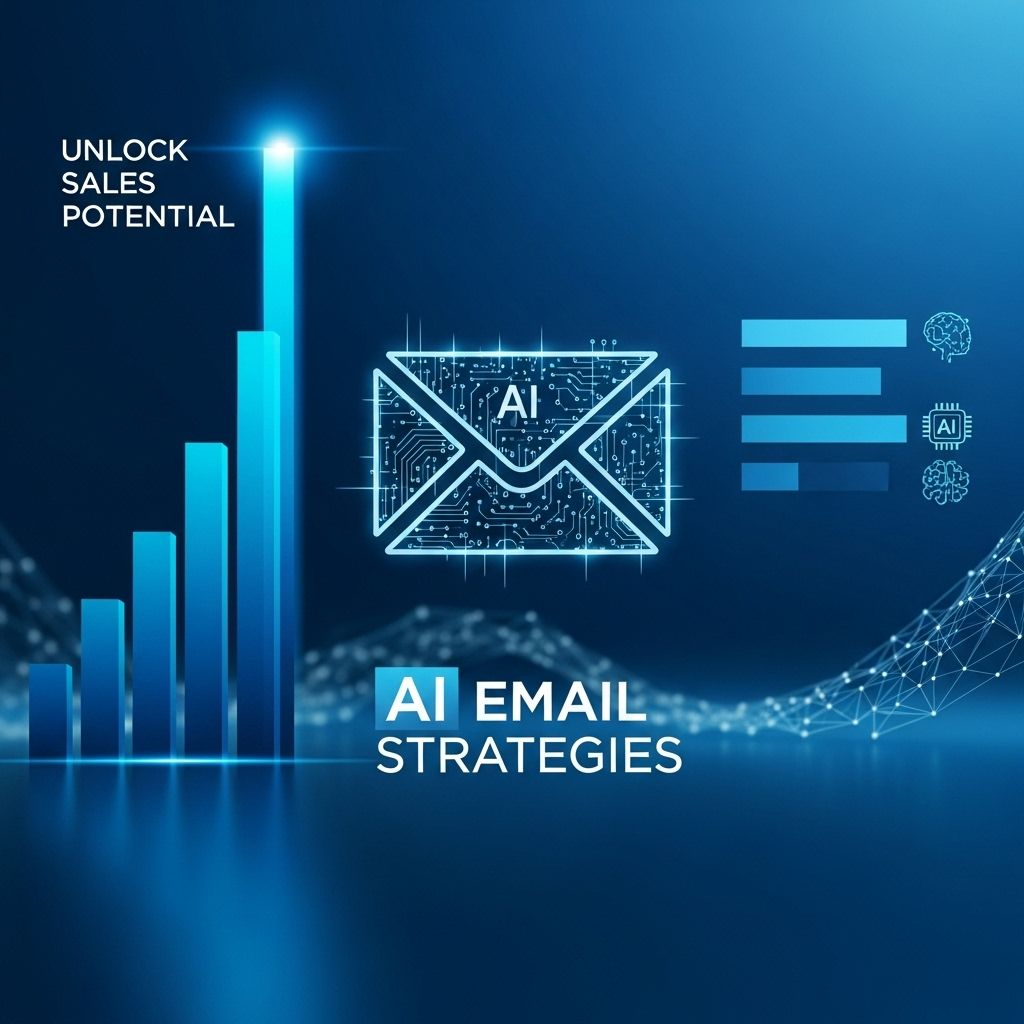AI Tools Revolutionizing Competitive Analysis in 2025
Discover how AI tools are transforming competitive analysis in 2025, enhancing insights and strategic planning for businesses.

The landscape of competitive analysis is rapidly evolving, driven by technological advancements and the increasing availability of data. In 2025, AI tools are set to revolutionize how businesses analyze their competition, enabling them to make data-driven decisions with unprecedented speed and accuracy. This transformation not only enhances the efficiency of the analysis process but also opens up new avenues for strategic insights and innovation.
Table of Contents
Understanding the Importance of Competitive Analysis
Competitive analysis is a critical component of any business strategy. It involves evaluating the strengths and weaknesses of competitors and understanding market dynamics to position your business effectively. Key reasons why competitive analysis is essential include:
- Market Positioning: Helps businesses identify gaps in the market and capitalize on opportunities.
- Risk Management: Understanding competitors’ strategies can help businesses mitigate potential risks.
- Innovation: Learning from competitors’ successes and failures can inspire new ideas and improvements.
- Customer Insights: Analyzing competitors provides insights into customer preferences and behavior.
The Role of AI in Competitive Analysis
Artificial Intelligence plays a pivotal role in enhancing the competitive analysis process. Here are some ways AI tools are changing the game:
1. Data Collection and Processing
AI tools can gather vast amounts of data from multiple sources, including social media, news outlets, and websites. This data is processed quickly and efficiently, allowing businesses to have a more comprehensive view of their competitors.
2. Predictive Analytics
With the power of machine learning algorithms, AI tools can analyze historical data to predict future trends. This helps businesses anticipate competitors’ moves and adjust their strategies accordingly.
3. Sentiment Analysis
AI’s natural language processing capabilities allow it to perform sentiment analysis on customer reviews, social media posts, and other user-generated content. This provides valuable insights into public perception of competitors.
4. Visual Analytics
AI tools can generate visual representations of complex data, making it easier for stakeholders to understand and interpret competitive landscapes. Interactive dashboards and infographics are examples of how data visualization can enhance analysis.
Popular AI Tools for Competitive Analysis in 2025
As we look towards 2025, several AI tools are gaining traction for competitive analysis:
| Tool Name | Key Features | Best Use Case |
|---|---|---|
| Crimson Hexagon | Social media monitoring, sentiment analysis, trend prediction | Brand reputation management |
| SEMrush | SEO analytics, keyword research, competitor keyword tracking | Digital marketing strategies |
| SimilarWeb | Website traffic analysis, engagement metrics | Comparative web performance |
| Ahrefs | Backlink analysis, content research | Content marketing strategy |
Integrating AI Tools into Your Competitive Analysis Strategy
To maximize the benefits of AI tools in competitive analysis, businesses should consider the following steps:
- Define Objectives: Clearly outline what you want to achieve with competitive analysis.
- Select the Right Tools: Choose AI tools that align with your objectives and industry requirements.
- Train Your Team: Provide training for team members to effectively use these tools and interpret the data.
- Regular Monitoring: Continuously monitor competitors and adjust strategies based on real-time data.
- Feedback Loop: Establish a feedback mechanism to refine the analysis process and tools used.
Challenges in Adopting AI Tools
While AI tools offer numerous advantages, businesses may face challenges in their adoption:
1. Data Privacy Concerns
As businesses collect data from various sources, data privacy laws (like GDPR) must be adhered to, which can complicate data gathering.
2. High Implementation Costs
The initial investment in AI tools can be significant, especially for small businesses.
3. Skill Gaps
Organizations may need to invest in training or hiring skilled professionals to effectively utilize AI tools.
Future Trends in Competitive Analysis
As technology continues to advance, several trends will shape the future of competitive analysis:
1. Enhanced Personalization
AI will enable businesses to tailor their competitive analysis to specific markets or customer segments.
2. Real-time Data Access
Future tools will increasingly provide real-time data, allowing businesses to adapt their strategies almost instantaneously.
3. Integration with Other Technologies
AI tools will likely integrate with other technologies, such as IoT devices and blockchain, for richer data insights.
Conclusion
The role of AI in competitive analysis is transforming the way businesses operate. By leveraging advanced tools, organizations can obtain critical insights that drive strategic decision-making. As we move into 2025, embracing these technologies will not only enhance competitive analysis but also provide a significant edge in the marketplace.
FAQ
What are AI tools for competitive analysis?
AI tools for competitive analysis are software applications that leverage artificial intelligence to gather, analyze, and interpret data about competitors in a specific market, helping businesses make informed decisions.
How will AI tools change competitive analysis in 2025?
In 2025, AI tools are expected to provide more advanced predictive analytics, real-time data processing, and deeper insights into competitor strategies, making competitive analysis faster and more accurate.
What are the benefits of using AI for competitive analysis?
The benefits of using AI for competitive analysis include increased efficiency, improved accuracy, enhanced data visualization, and the ability to uncover trends and insights that may not be visible through traditional analysis methods.
Can AI tools help identify emerging competitors?
Yes, AI tools can analyze market trends and consumer behavior to identify emerging competitors, allowing businesses to stay ahead in their industry.
What features should I look for in AI competitive analysis tools?
Key features to look for include data integration capabilities, real-time monitoring, advanced analytics, user-friendly dashboards, and customizable reporting options.
Are AI tools for competitive analysis suitable for small businesses?
Absolutely! Many AI tools for competitive analysis are designed to be scalable and affordable, making them suitable for small businesses looking to gain a competitive edge.








